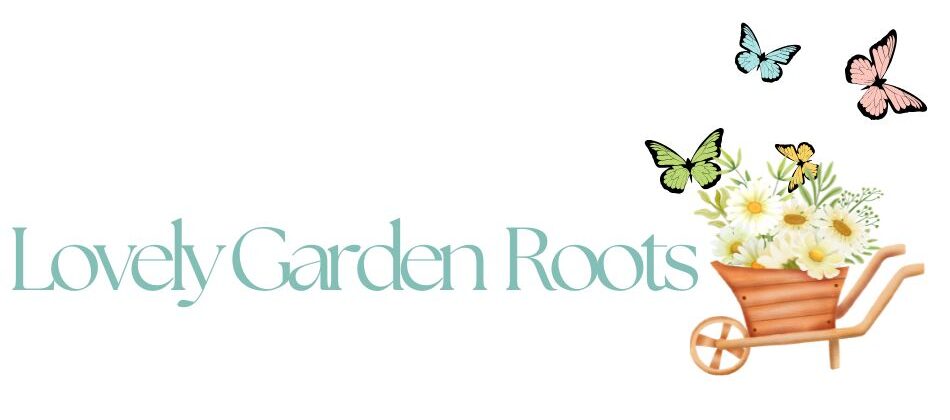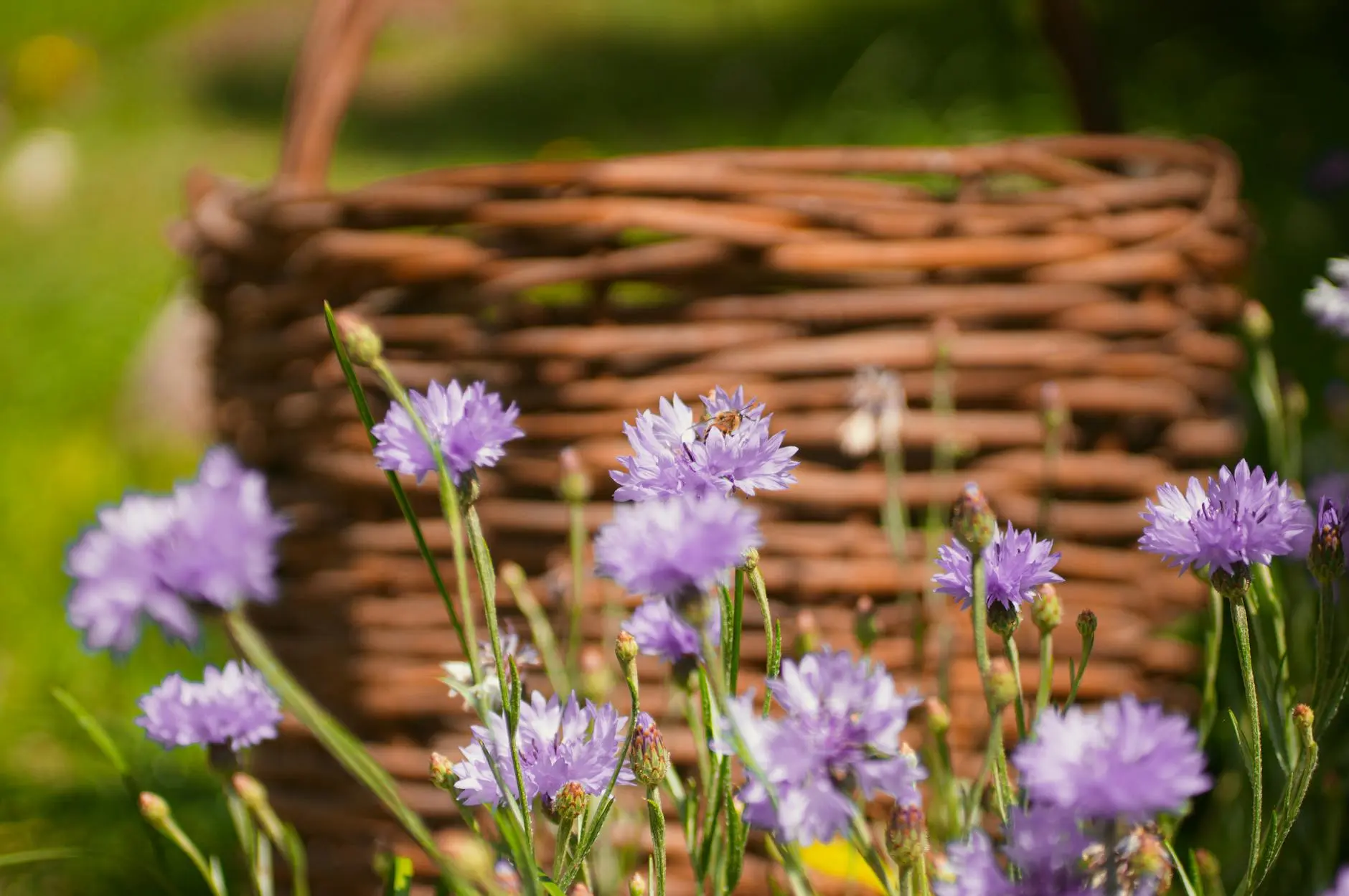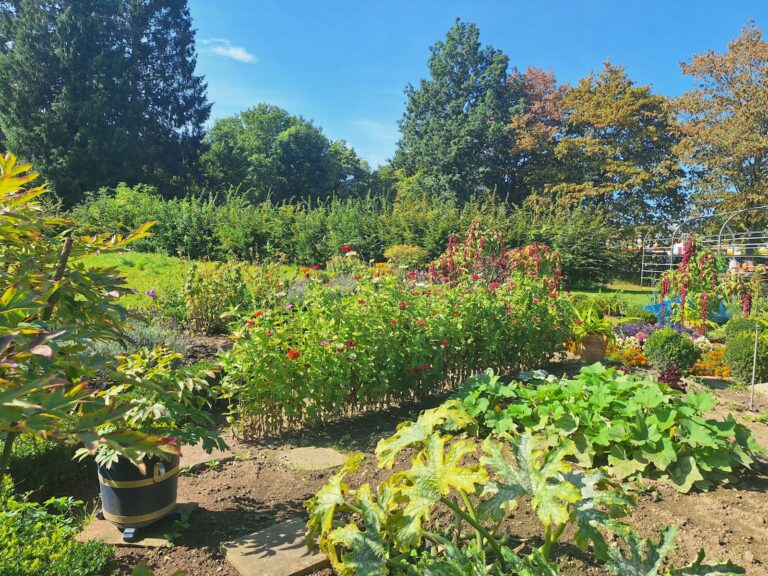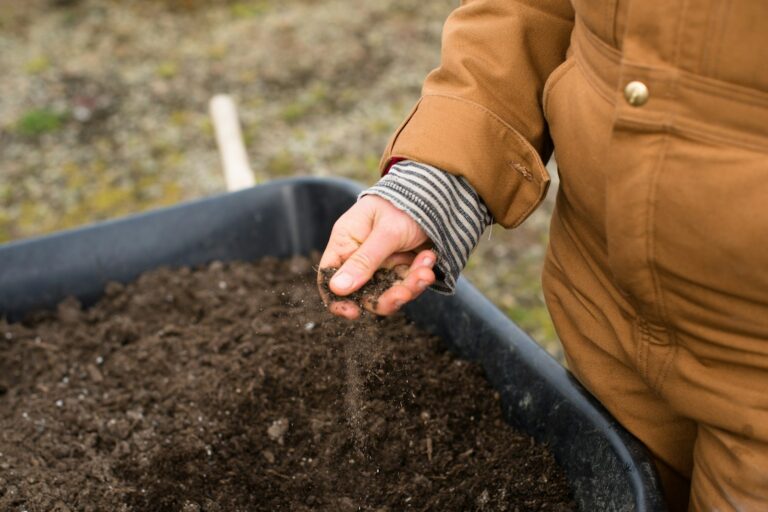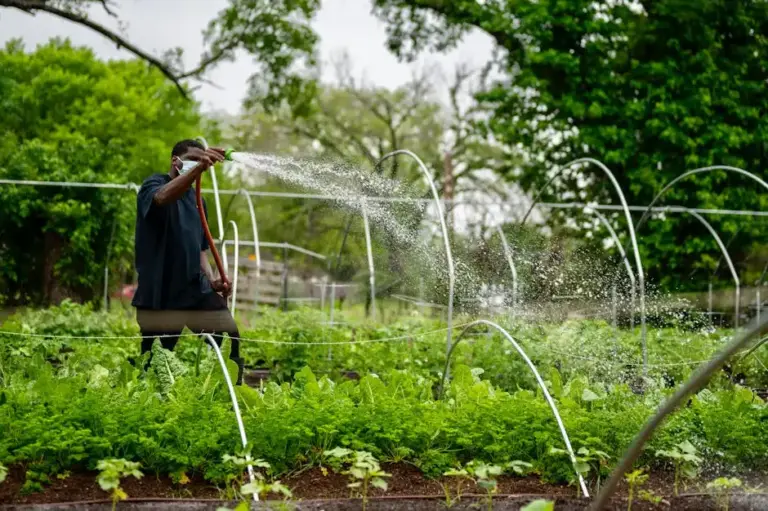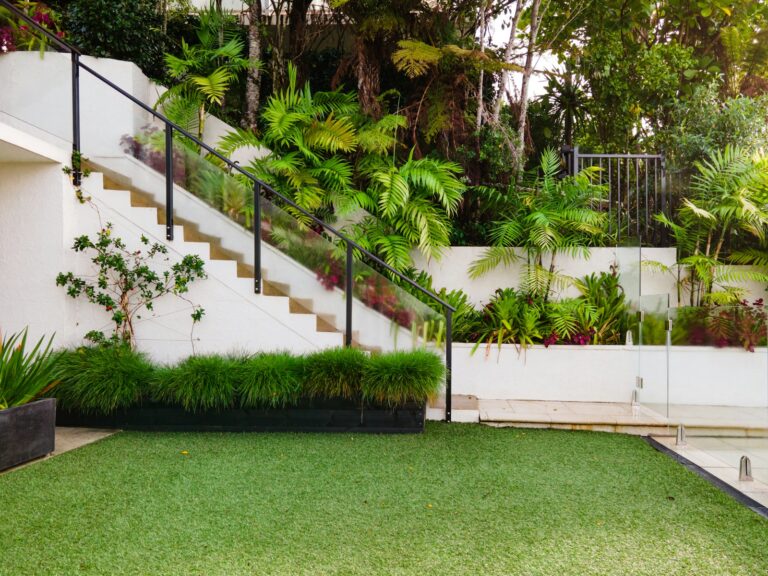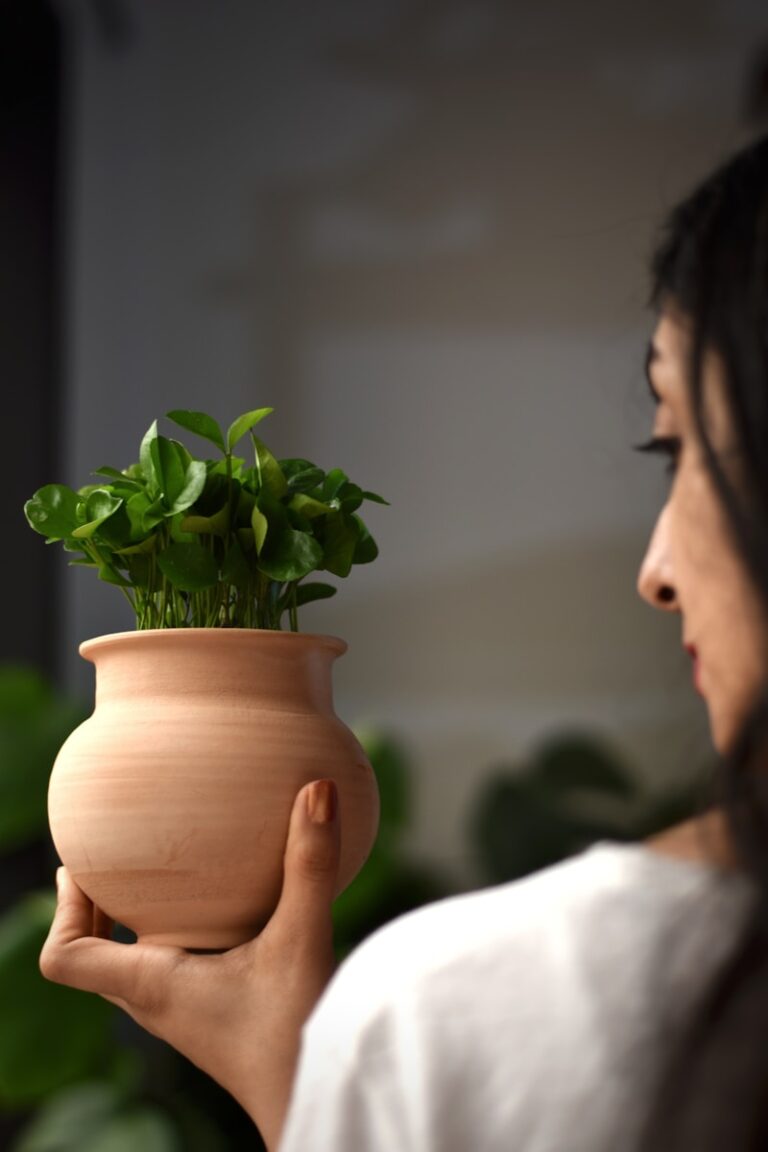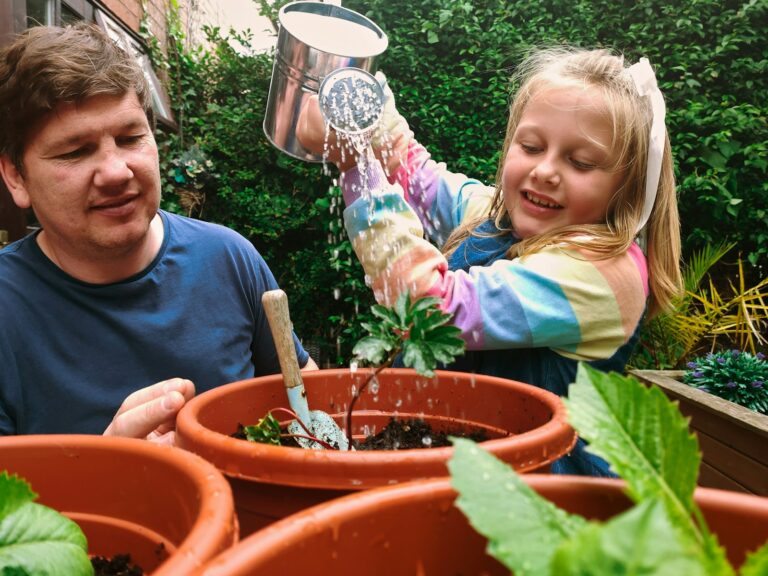Gardening on a Budget: Tips for Affordable Success and Thriving Green Spaces
Gardening doesn’t have to be expensive to be rewarding. You can grow a healthy, thriving garden by using simple, budget-friendly strategies that save you money and still yield great results. Starting seeds at home, using compost, and repurposing materials are some of the easiest ways to keep costs down while growing your own food or flowers.
You don’t need to buy expensive tools or fancy supplies to get started. By connecting with local gardening groups, trading seeds, and watching for deals on used equipment, you can build a garden without breaking the bank. Small changes like collecting rainwater or mulching can also cut down on your ongoing costs.
With some planning and creativity, your garden can flourish even on a tight budget. This guide will help you make the most of what you have and turn your space into a green oasis without overspending. For more ideas, check out these budget-friendly gardening tips.
Planning a Budget-Friendly Garden

When starting your garden, focus on clear goals, a practical location, and affordable plant choices. These elements will help you save money and create a space that thrives without extra costs.
Setting Realistic Gardening Goals
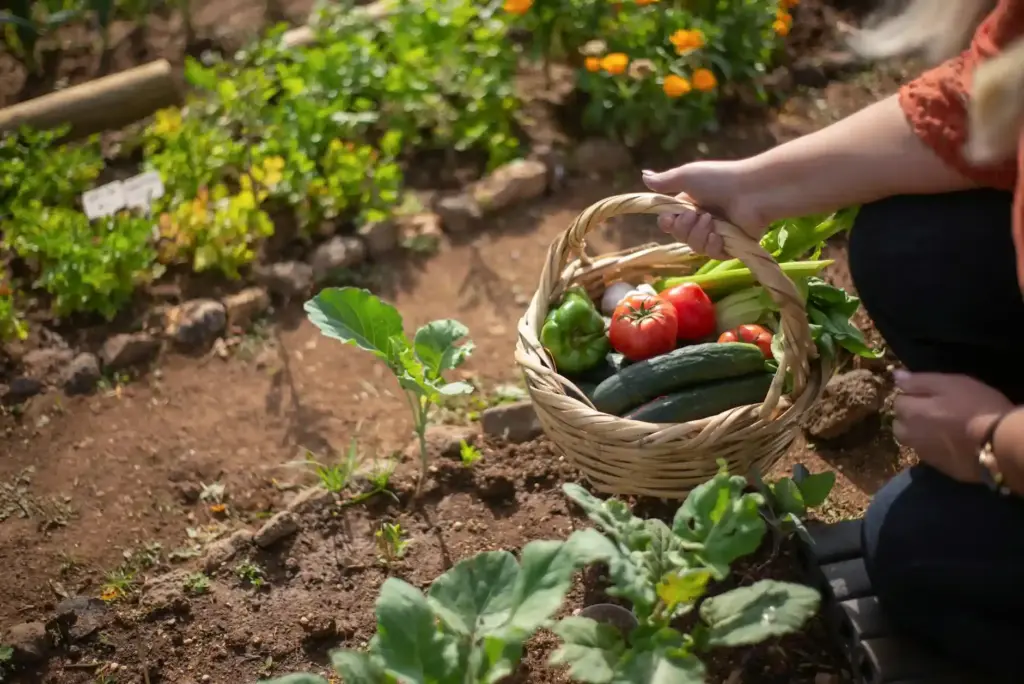
Begin by deciding what you want from your garden. Are you growing vegetables, flowers, or herbs? Choose goals that fit your time, space, and budget.
Break your plans into small, manageable steps. For example:
- Grow 3-4 types of vegetables rather than a large variety
- Start with easy-to-grow plants to avoid extra costs on care
- Plan for seasonal crops to reuse the same space multiple times
Setting clear goals helps you focus your spending on essentials and avoid impulse buys. You’ll reduce waste and get a better return on your effort.
Choosing the Right Location
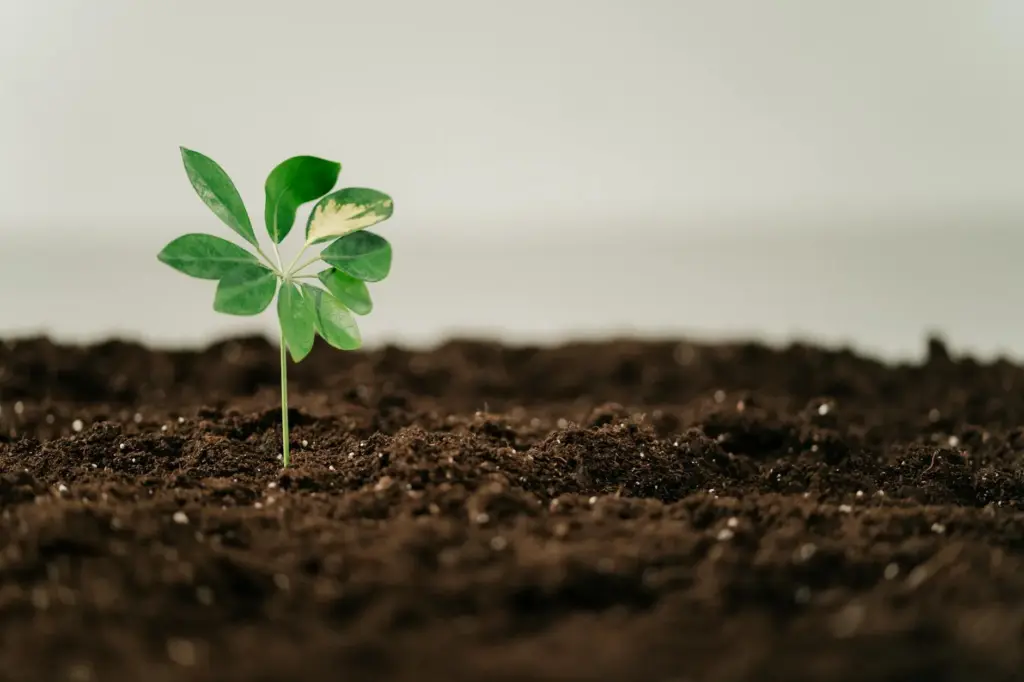
Pick a garden spot that gets enough sunlight—usually 6-8 hours daily for vegetables. Check soil quality; rich, well-drained soil reduces the need for expensive fertilizers.
You can reduce costs by:
- Using existing natural sunlight, avoiding shaded spots
- Selecting ground close to your water source to save on irrigation
- Avoiding areas with poor drainage or heavy weeds which need more prep
Choosing the right location upfront saves money on extra amendments and irrigation later, making your garden more sustainable.
Selecting Affordable Plants
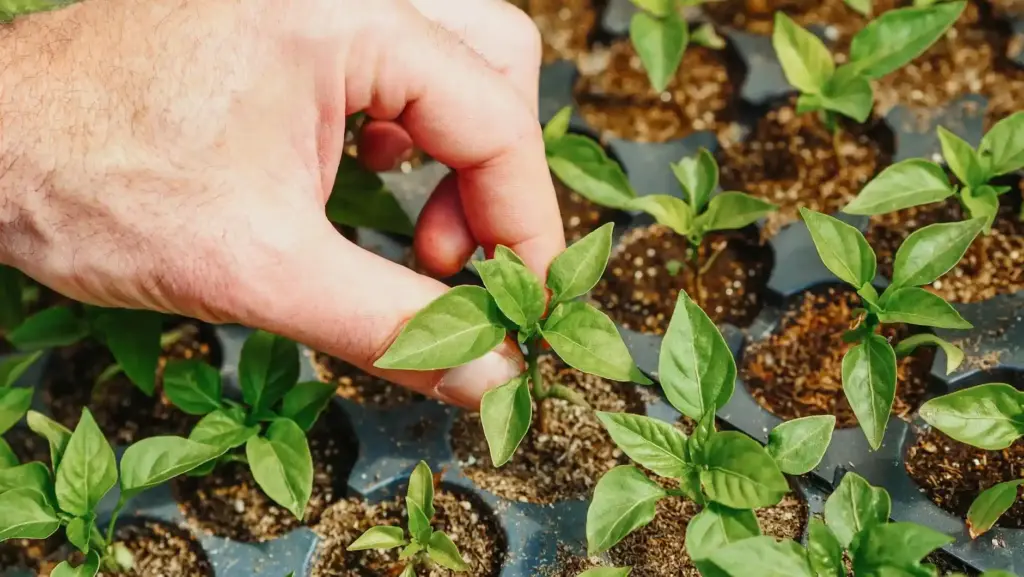
Opt for seeds instead of seedlings when possible, as seeds are much cheaper and offer more variety. Look for local seed swaps or online groups for free or low-cost seeds.
Consider starting plants indoors to extend the growing season and save on replacement costs. Buy common, easy-to-grow varieties to avoid specialty plants that need extra care.
Use cuttings from friends’ plants or community gardens. Also, growing plants from cuttings often costs nothing and helps you build your garden gradually.
By selecting cost-effective plants, you can build a thriving garden without overspending on expensive varieties. For more detailed ideas, see tips on budget-friendly gardening.
Smart Ways to Save on Seeds and Plants
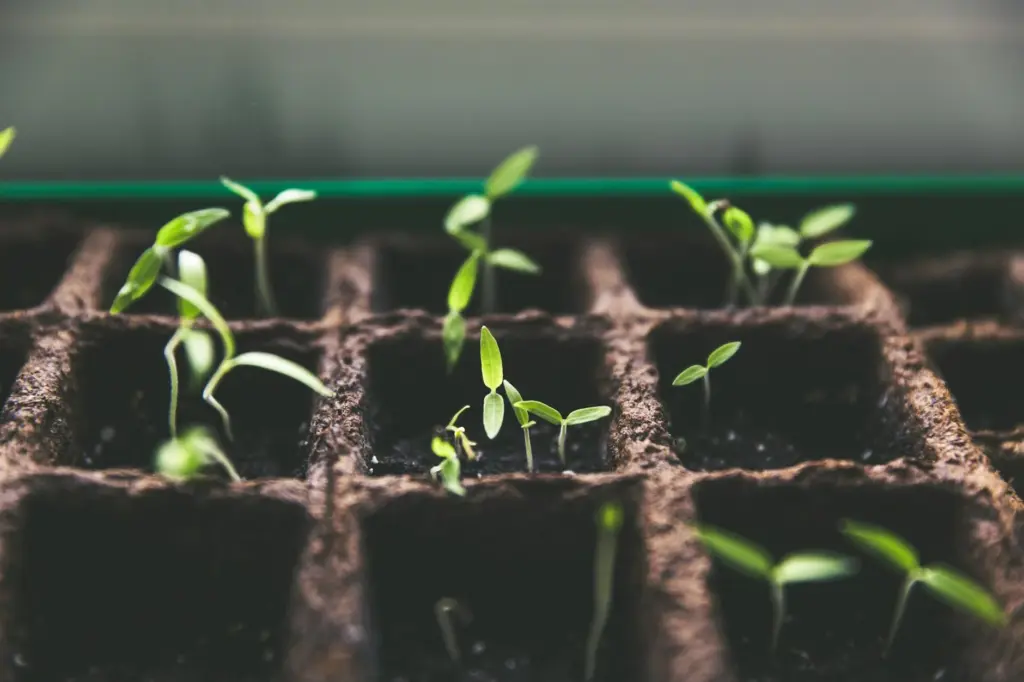
You can cut gardening costs significantly by focusing on how you acquire seeds and starter plants. Choosing the right method for your needs helps you save money while still growing healthy, productive gardens.
Starting Plants from Seeds
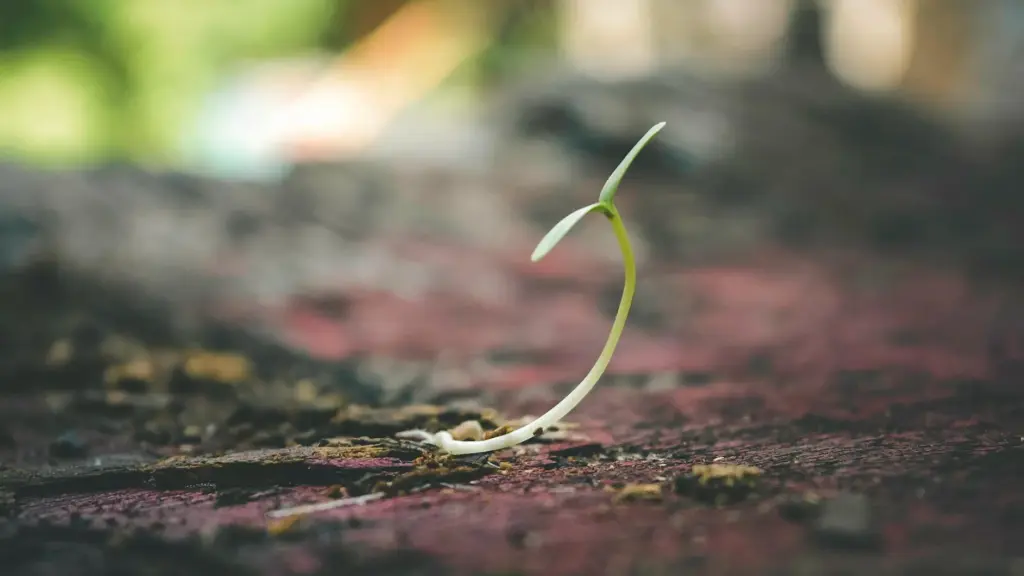
Growing plants from seeds is one of the most affordable options. Seeds usually cost less than seedlings, allowing you to buy a variety of plants without overspending. Planning ahead is important since seeds take more time to develop before transplanting.
To save further, consider buying seeds in bulk or from less expensive suppliers. You can also reuse seed packets to keep them organized and prevent losing them between planting seasons. Starting indoors with simple containers helps control conditions without costly equipment.
For more guidance on seed starting strategies, check tips on starting seeds on a budget.
Utilizing Plant Swaps and Cuttings
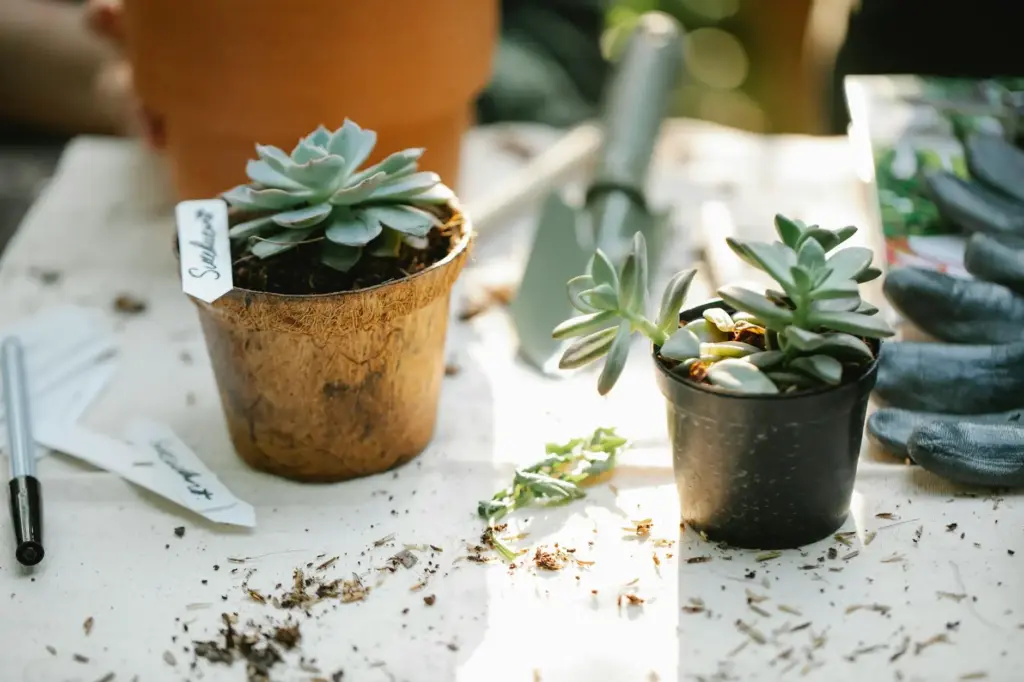
Exchanging plants with neighbors or friends is a cost-effective way to expand your garden without buying. Attend local plant swaps where you can trade seeds, seedlings, or cuttings of various plants.
When you take cuttings from mature plants, you can root new plants without spending any money. This works well with many herbs, shrubs, and houseplants. Remember to use clean tools and proper techniques to encourage healthy root growth.
Utilizing these methods reduces the need to buy new plants and helps you build a diverse garden on a limited budget.
Buying in Bulk or on Sale
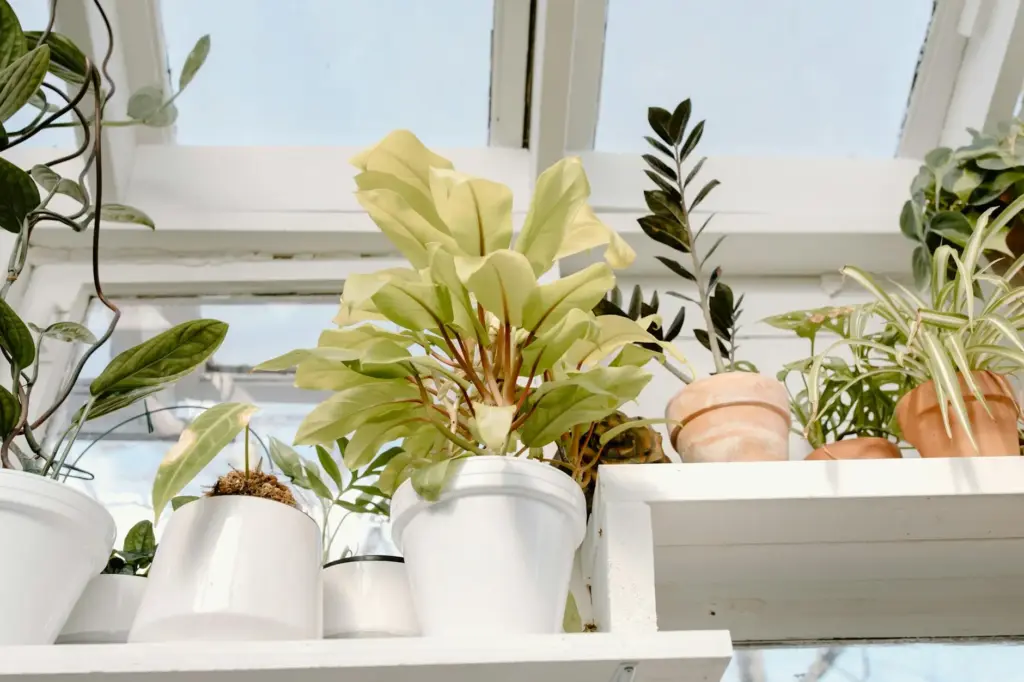
Purchasing seeds or plants in bulk often lowers the price per item. If you have the space to start many plants, bulk buying makes sense for high-yield or frequently used crops.
Keep an eye out for sales at garden centers or online seed companies, especially during off-peak seasons. Combining sales with bulk purchases maximizes your savings.
Additionally, plan your garden around discounted plants or surplus seedlings to stretch your budget further. Comparing prices online helps find the best deals for each season.
For more ideas, see frugal seed shopping tips.
Frugal Gardening Tools and Materials
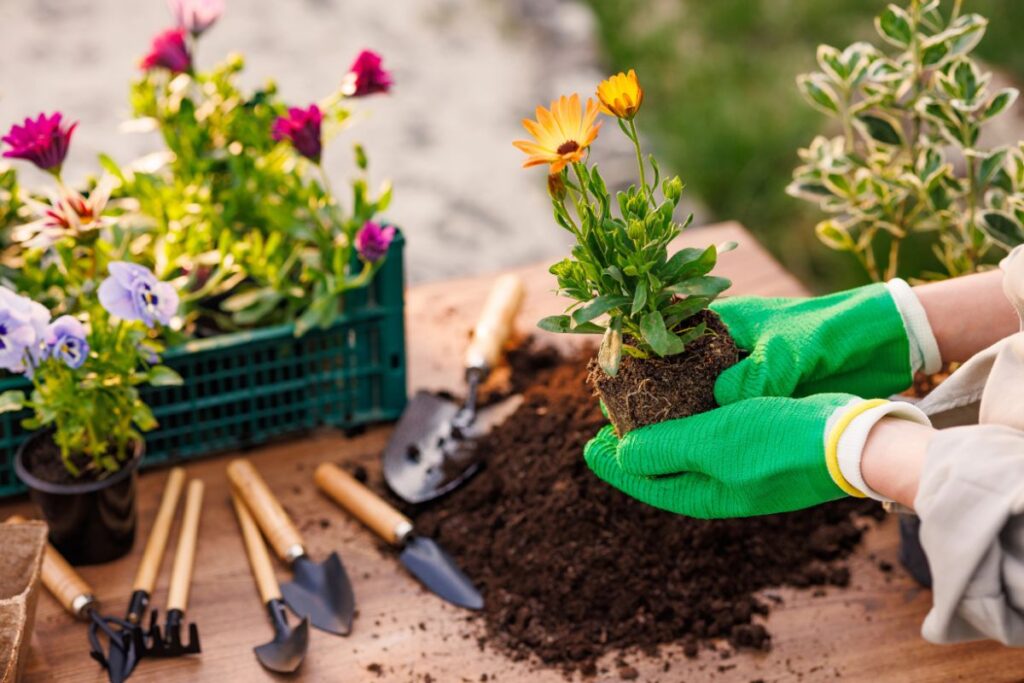
You can save money by using items you already have or finding tools for less. Simple DIY projects and smart shopping help get your garden going without breaking the bank.
Repurposing Household Items
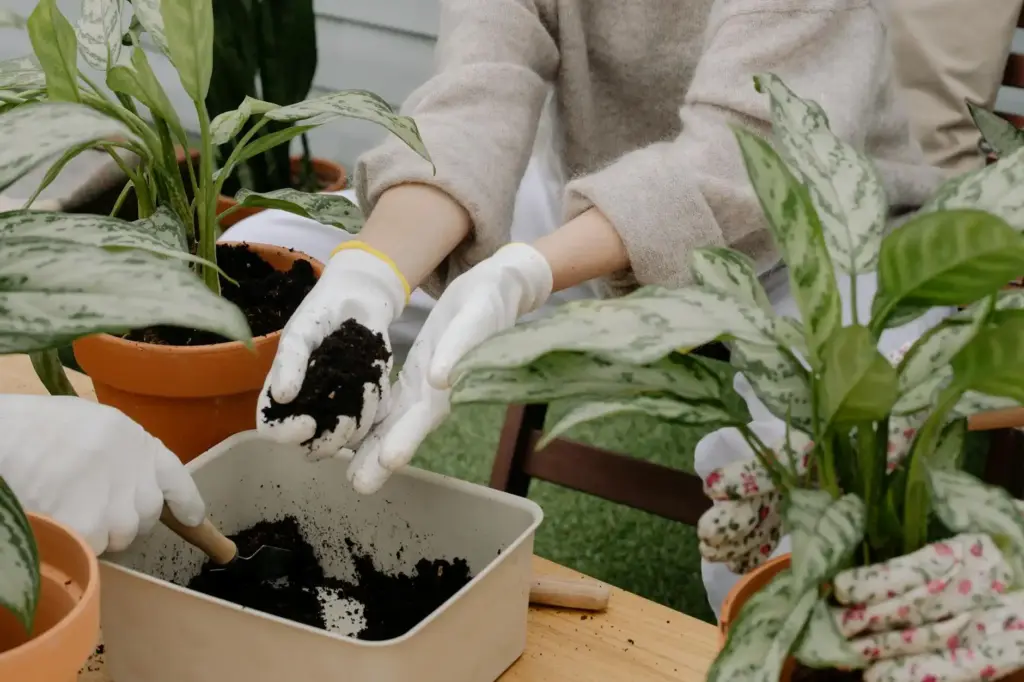
Look around your home for things that can serve new gardening purposes. Old containers like yogurt cups, egg cartons, or tin cans work well as seed starters. They save you from buying expensive pots and can be reused multiple times.
Broken kitchen utensils, such as forks or spoons, make great small hand tools for planting or digging. Wood scraps can turn into plant markers with a bit of paint or a permanent marker.
Using a heavy-duty paper shredder to create mulch from scrap paper or fallen leaves keeps your garden beds moist and reduces waste. This approach turns trash into treasure for your garden.
Shopping Secondhand
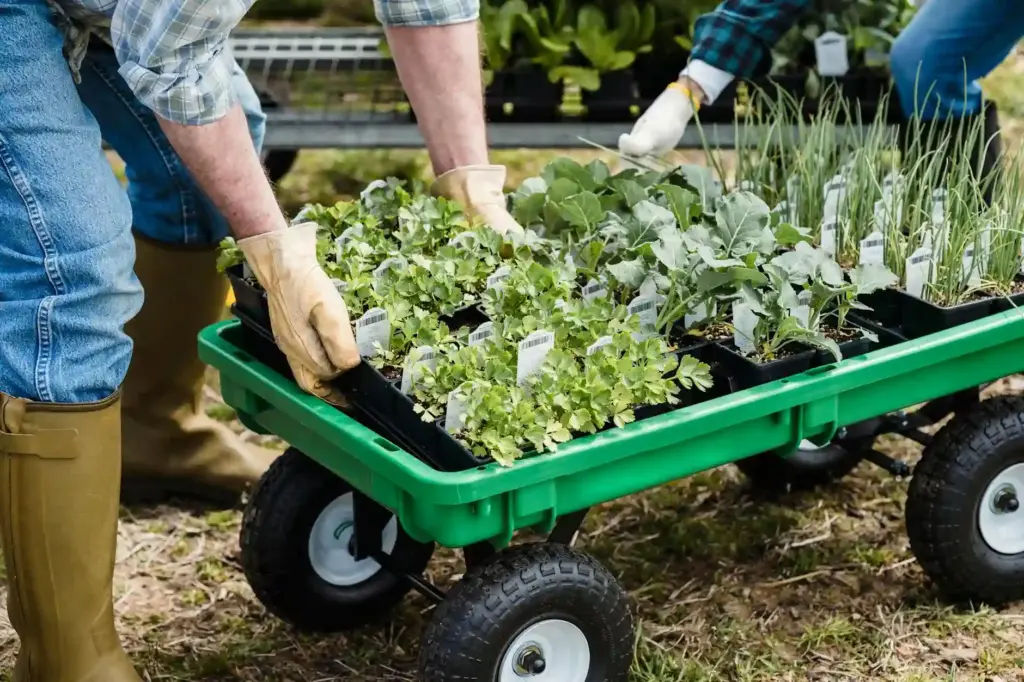
Check thrift stores, garage sales, and online marketplaces for used gardening tools. You can often find sturdy shovels, hoes, and gloves in good condition at a fraction of retail prices.
Look for tools with wooden handles — they can be sanded and refinished if needed. Avoid plastic items that may be brittle or damaged.
Buying seeds from secondhand sources requires caution. Always verify the source to ensure seeds are viable and disease-free. Bulk seed packets or mixed seed lots can offer savings if you plan carefully.
DIY Garden Tools
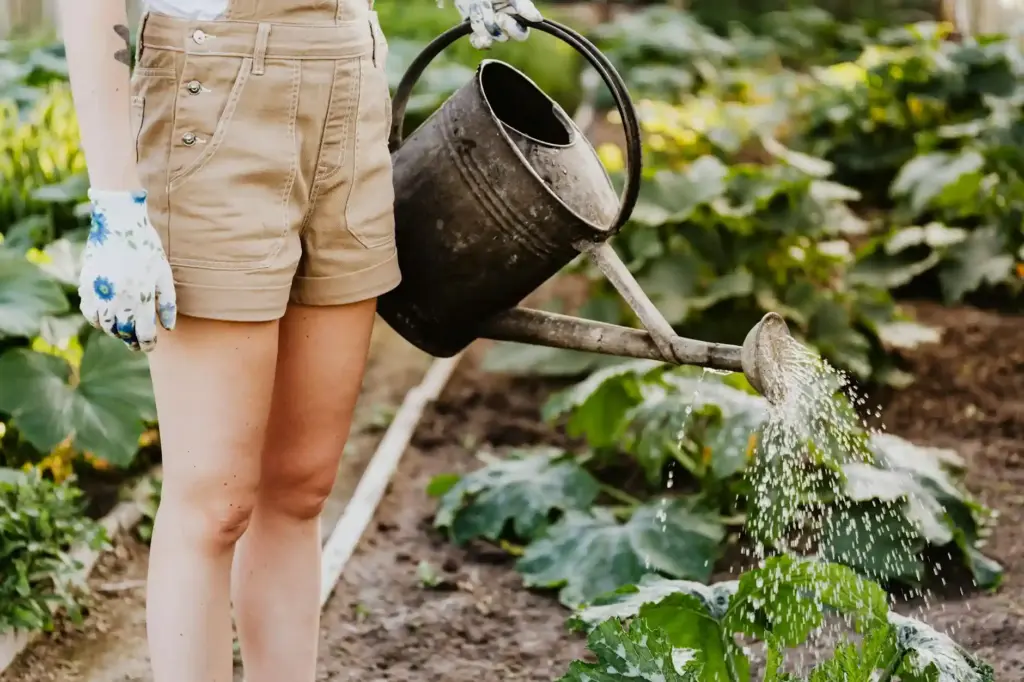
Making your own garden tools can be surprisingly simple and saves money. For example, you can fashion a watering can using a clean plastic bottle with holes punched in the cap.
A homemade compost bin can be built from reused pallets or wire mesh, reducing the need to purchase expensive bins.
If you need a trellis, builds using scrap wood or old ladders, which add structure and support for plants without spending much. DIY tools and structures give you flexibility while stretching your budget.
For more ideas on saving money with materials, see these frugal gardening hacks.
Cost-Effective Garden Maintenance
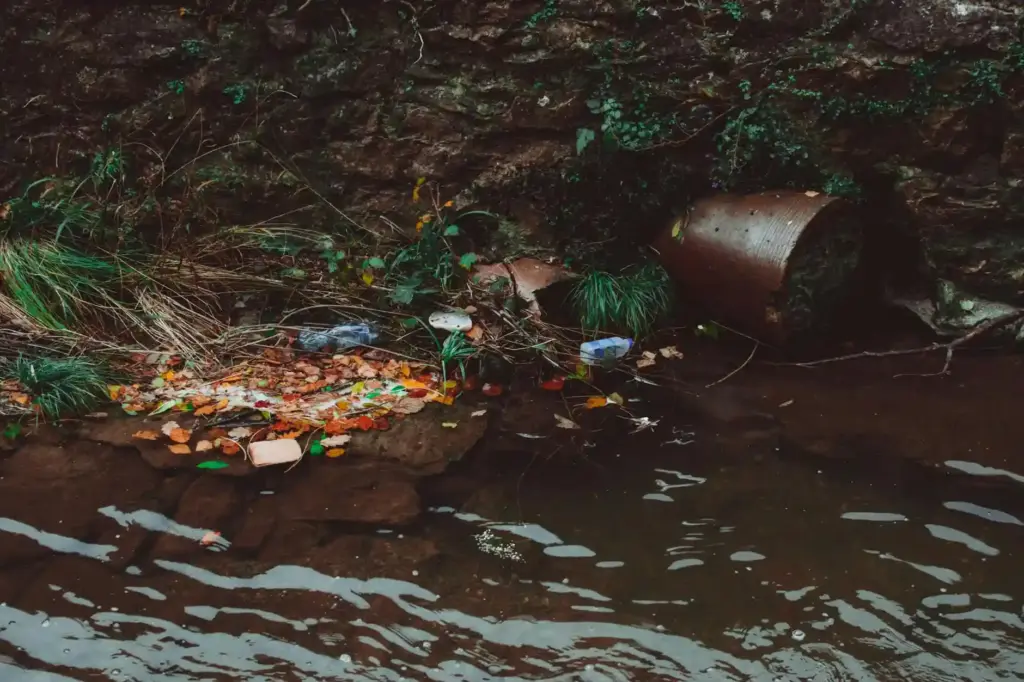
Saving money while keeping your garden healthy is about smart, consistent care. You can reduce waste and lower bills with practical strategies for soil and water management. A few simple habits will help your garden thrive without extra expense.
Making Homemade Compost
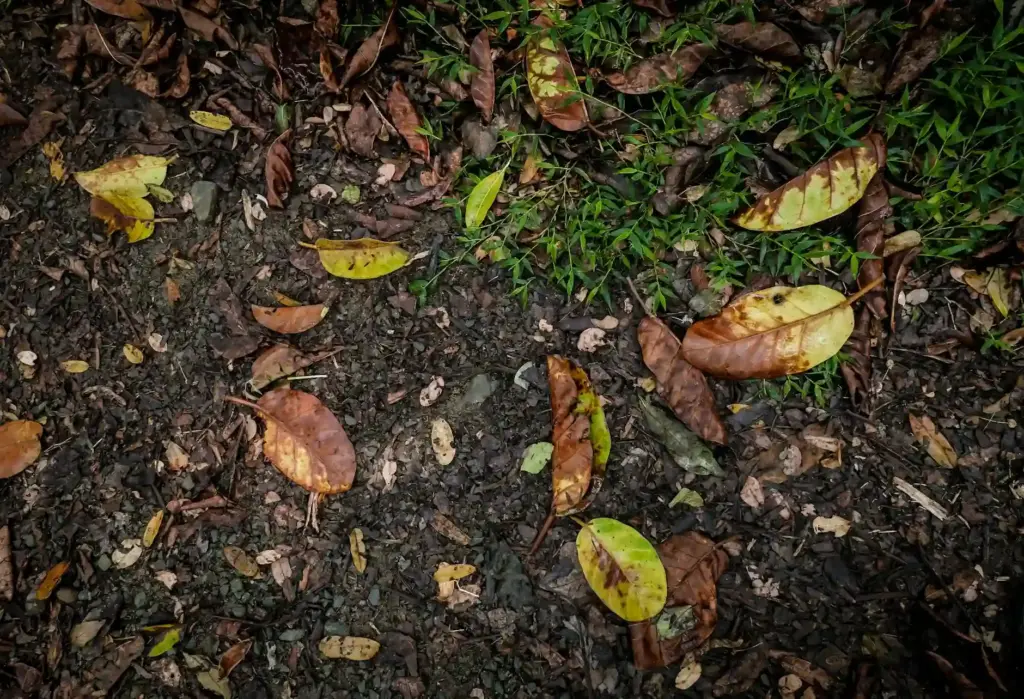
Compost turns kitchen scraps and yard waste into nutrient-rich soil. You can use vegetable peels, coffee grounds, eggshells, and dry leaves. Avoid cooking oils, meat, and dairy, as they attract pests.
Set up a bin or pile in a shady, well-drained spot. Turn the compost weekly to speed up decomposition and keep it aerated. This process creates a dark, crumbly material that enhances soil texture and fertility.
Applying homemade compost to your garden reduces the need for purchasing fertilizers. It also improves water retention and supports beneficial microbes, giving your plants a natural boost that saves money in the long run.
Irrigating Efficiently
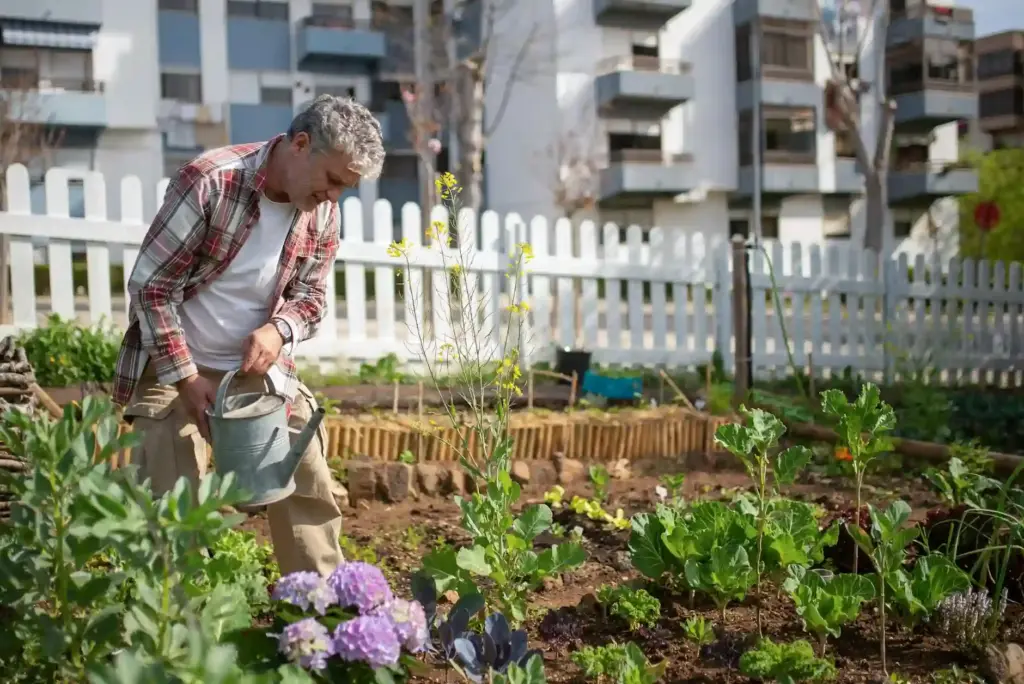
Watering smartly controls costs and keeps plants happy. Use drip irrigation or soaker hoses to deliver water directly to roots, which reduces evaporation and waste.
Water early in the morning or late in the evening. These cooler times minimize water loss through evaporation. Also, check soil moisture regularly to avoid overwatering.
Collecting rainwater in barrels is a budget-friendly way to supply your garden with free irrigation. Mulching around plants helps retain moisture, so you won’t need to water as often, further cutting your bills.
For more tips on budget gardening, you can check out low-cost methods for using mulch and supplies efficiently at Affordable Gardening Tips: Budget-Friendly Ideas for Your Garden.
Sustainable Practices for Long-Term Savings

Using simple, natural methods can reduce your gardening costs year after year. These practices focus on reusing what you have and avoiding expensive chemicals, which helps your garden stay healthy without breaking the bank.
Saving Seeds for Next Season
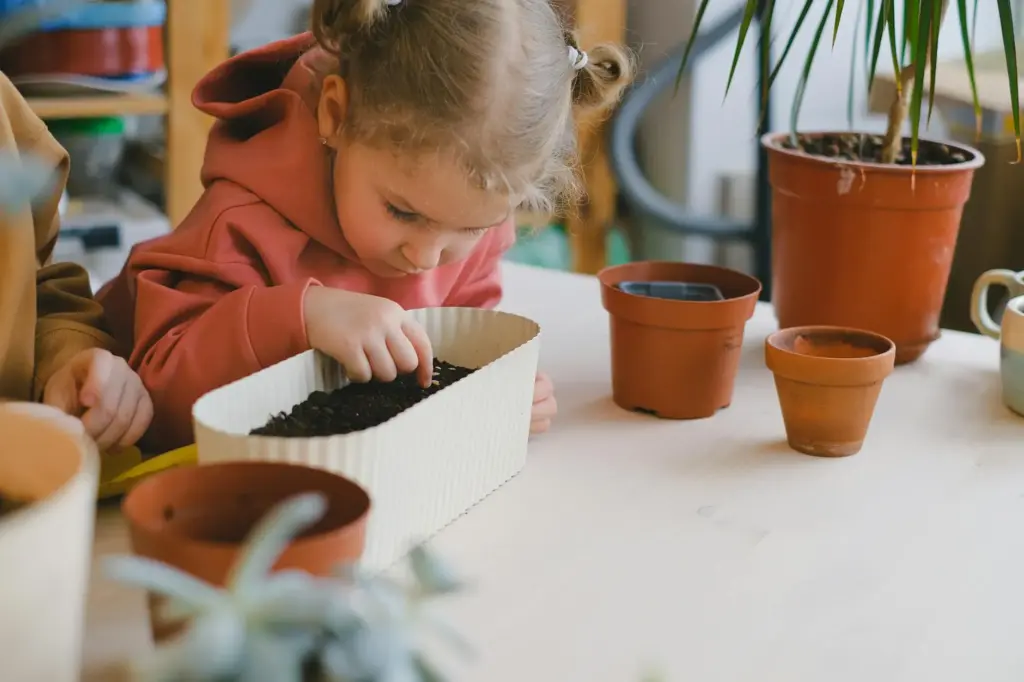
Saving seeds from your healthiest plants lets you grow crops without buying new seeds every season. Start by selecting fully mature fruits or pods that have reached their peak. Dry the seeds thoroughly in a cool, dry place to prevent mold.
Label your seeds with the plant type and date saved for easy identification later. Some seeds, like tomatoes and beans, breed true, meaning the new plants will closely resemble the parent. However, hybrid seeds may not produce the same quality.
Storing seeds in airtight containers and keeping them cool extends their viability. You’ll save money and preserve varieties that grow well in your climate, making your garden more resilient over time.
Implementing Organic Pest Control
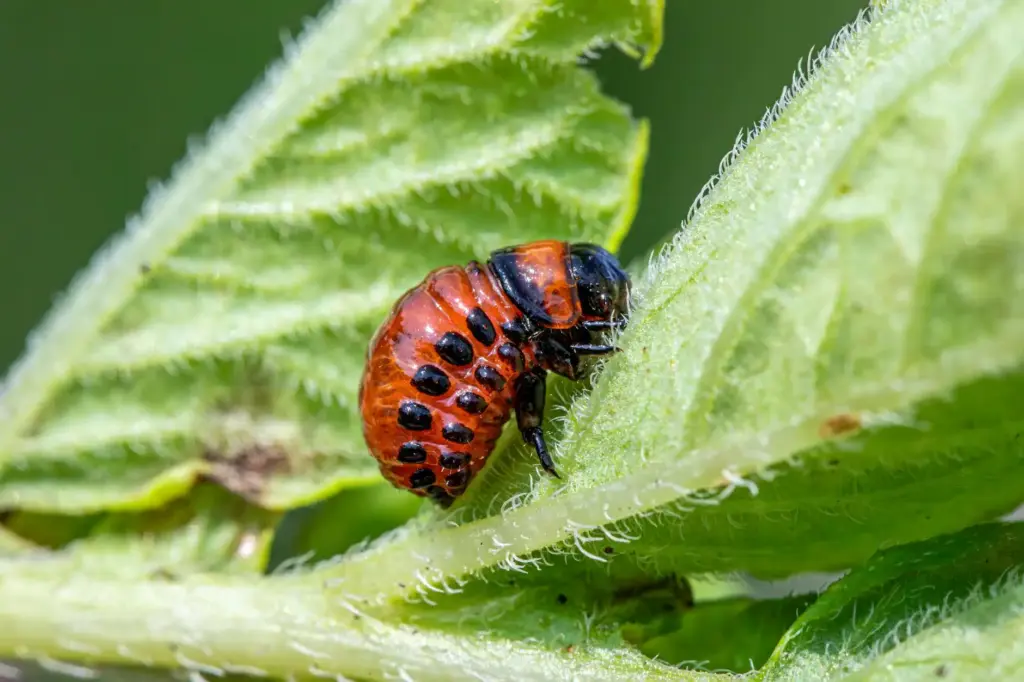
Switching to organic pest control reduces your reliance on costly chemicals and protects beneficial insects. You can make homemade insecticides using ingredients like garlic, neem oil, or soap, which deter pests safely.
Planting companion plants like marigolds or basil can help repel common pests naturally. These plants confuse or drive away insects, minimizing damage without extra expense.
Encouraging beneficial insects such as ladybugs and lacewings also keeps harmful pests in check. Create habitats by planting diverse flowers and reducing pesticide use so these helpful bugs can thrive.
These techniques not only save money but also support a balanced ecosystem in your garden. For more ideas on pest control, visit sustainable gardening tips.
